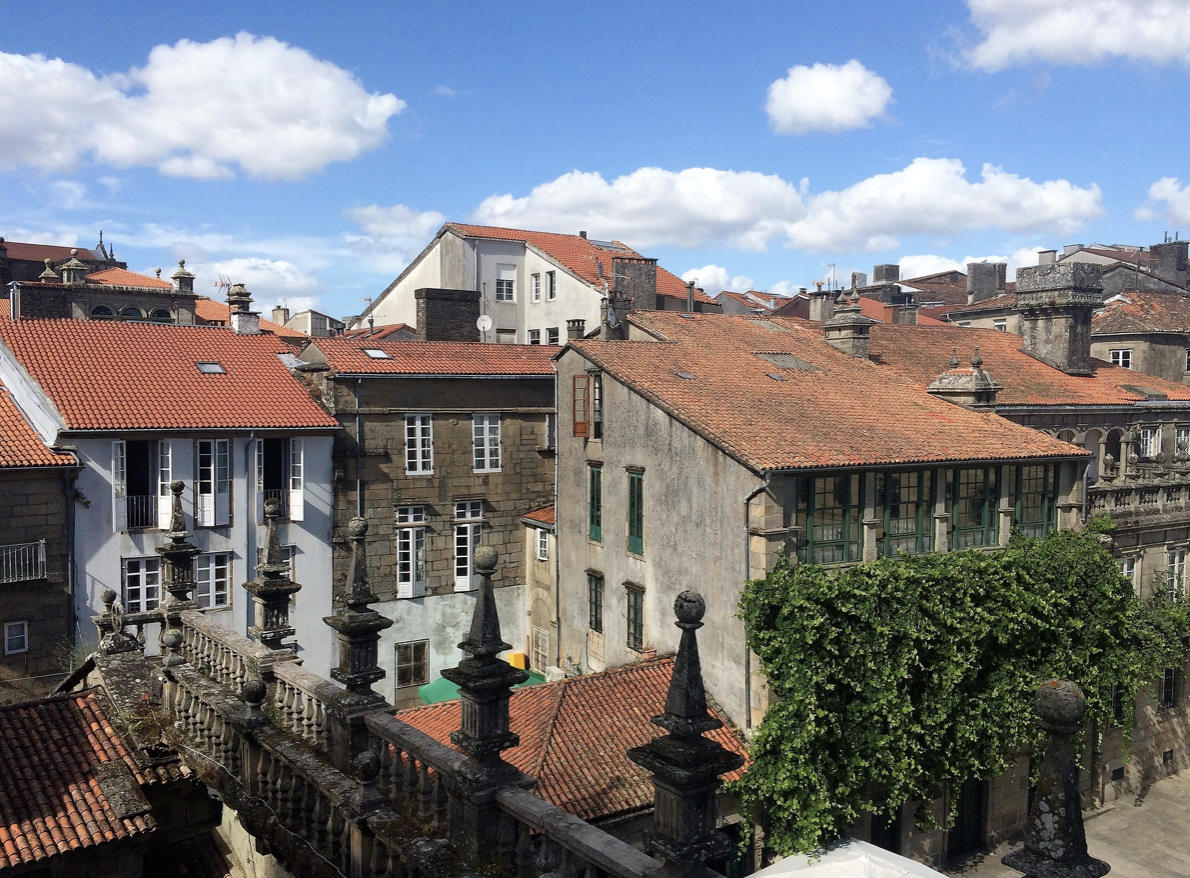5 things you didn’t know about Spain
Big on basketball
That soccer is huge in Spain with La Liga is hardly news to anybody. But that Spain has some great basketball players and that they are ranked as second best by the FIBA’s world ranking for men is perhaps less known amongst the wider crowd. Players like Pau and Marc Gasol (along with many other Spanish players) have been long time famous and internationally accredited players for many years.
Spanish, Galician, Catalan, Basque …
What do all of these languages have in common? Yes, they are all the co-official languages of Spain. Meaning that Spanish, or Castillian, is not the only official language spoken in Spain, as many people traveling to the different Spanish regions might think. One of the most normal complaints amongst turists going to Barcelona is often that the locals are reluctant to speak Spanish.
Many from the region are tired of explaining to foreigners over and over again that they are Catalans first and not Spanyards. With catalans probably being the most consistent about answering you in their own language, there are four other big regions where you will very likely hear the other co-official languages spoken. The most famous one is probably the Basque country, or Euskadi as they like to call their own region.
Some counties in Euskadi tend to be more euskaldun, basque-speaking, then others. Guipuzcoa, with its famous capital San Sebastian, ranks as number one and Bizcaya, with its capital Bilbao, comes in second.
Galego
Galicia, which I have written about in a previous blog post, is the homeland of the fourth co-official language galego. It is closely related to Portuguese and sounds similar in many ways.
Unlike Basque, which stems from its own language tree, both Galician and Catalan are closely related to Castillian and all three of them stem from the same language tree, Latin.
Natural parks
Unfortunately, most people who go to Spain, go there in search of the beaches located in Southern Spain. Sometimes in northern Spain, such as Costa Brava, but almost always to the Mediteranean sea. This is unfortunate in my opinion because the most beautiful landscapes, nature and coast lines are actually in northern Spain. Sure, southern and Mediteranean Spain have many gems too, but I will write about that in another post. I lived many years in the north including in Castilla-Leon, Madrid and the Basque country. I loved the landscapes, cities and people who inhabited them immensly. One of my favorite natural parks is Picos de Europa. It straddles three regions of Spain: Cantábria, Castilla-León and Asturias. If you have already been there though, there are another fourteen natural parks all over the country. What are you waiting for?
Vermouth is a good Saturday morning pass-time
During my years in northern Spain, going out for an aperitivo or a vermú (vermouth) before a late lunch on a Saturday or Sunday morning was a frequent way for the locals to relax and meet up with friends. In the smaller cities I lived in, you would hardly ever decide to meet up with your friends around those hours. You just knew that some of all the people you knew would be wandering around the cities vermú-bars just like you and you would bump into each other sooner or later. Quite a relaxed way to be sociable, plus it was always a surprise who you would meet that day.
Vermouth is big in many Spanish regions and most Vermú bars will have their own recipes prepared in big wooden barrels. You usually drink it straight with ice and a slice of orange. The drink originally comes from northern Italy and gained wide popularity in the late 18th century because of its belief to relieve digestive problems and open up the appetite. The name actually originates from the German word for wormwood, wermüt, since that is almost always one of the ingredients.
Leave comments
Did you find this post interesting? Let me know below this text in a comment or comment on our Facebook page .

